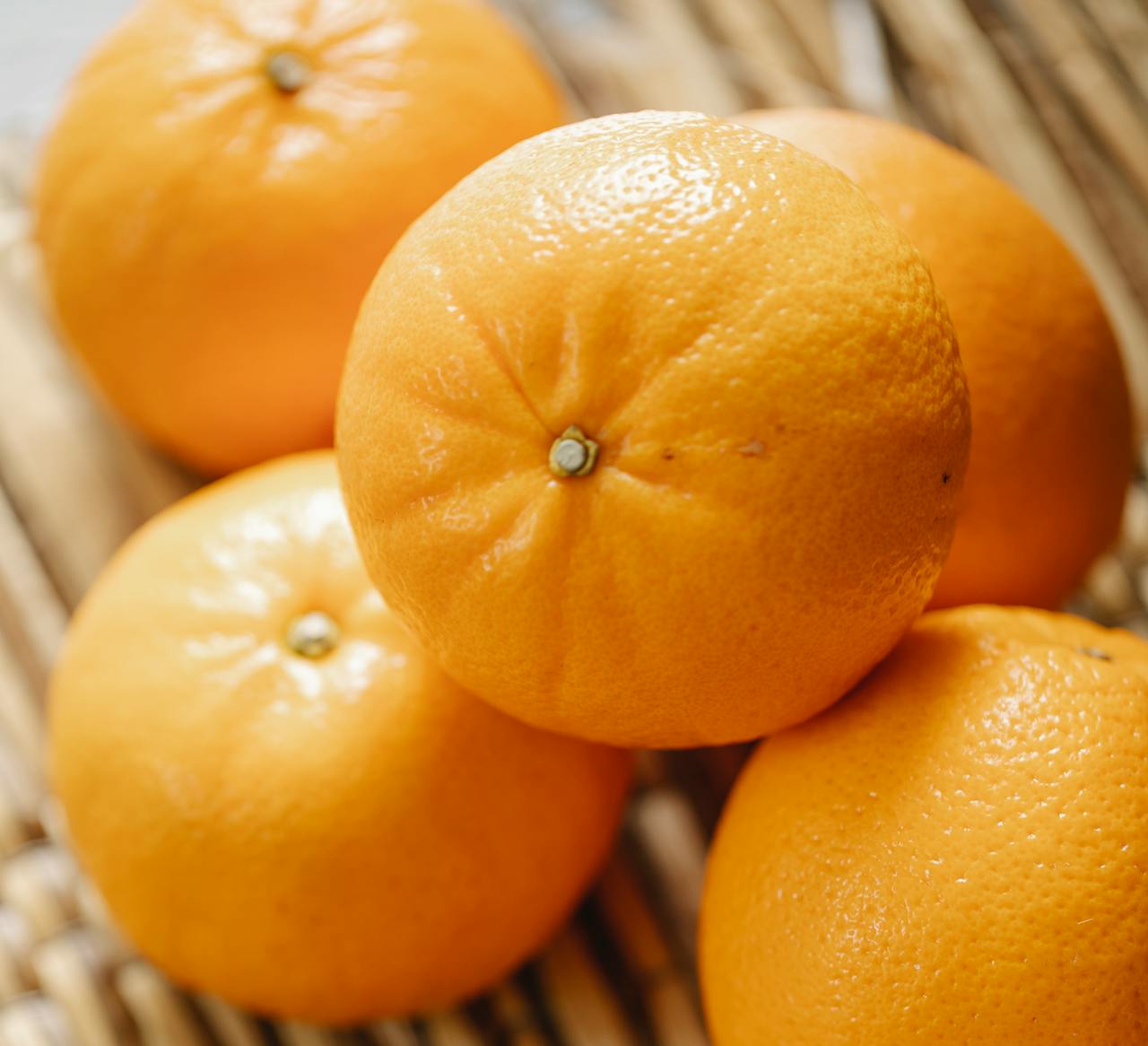Mandarin Orange - Nepal National Fruit
Fruit Information

Oranges hold significant cultural and economic importance beyond their nutritional value, featuring prominently in traditional medicine systems, religious ceremonies and cultural celebrations worldwide. The fruit symbolizes prosperity, good fortune and health in many cultures, particularly during New Year celebrations in Asian countries. Modern processing technology has enabled the development of numerous orange-based products including concentrates, essential oils, pectin and various food ingredients. The citrus industry continues to innovate with new varieties, processing techniques and value-added products, while traditional uses in cooking, preserving and home remedies remain valued for their cultural heritage and practical applications.
| Fruit Name | Mandarin Orange |
| Scientific Name | Citrus Reticulata |
| Country | Nepal |
| Continent | Asia |
| Fruit Season | Winter |
| Fruit Color | Orange |
| Fruit Size | Small to Medium |
| Fruit Taste | Sweet-Citrusy |
| Fruit Origin Region | Southeast Asia |
| Designation Year | 1990 |
| Peak Month | November-February |
| Economic Importance | Hill Agriculture |
| Cultural Use | Festivals, Traditional medicine |
| Processing Type | Fresh, Juice, Dried peel |
| Fruit Shape | Flattened round |
| Texture | Juicy and Segmented |
| Nutritional Value | Vitamin C, Folate, Fiber |
| Storage Type | Cool dry place |
| Harvest Method | Hand picking |
| Shelf Life | 2-3 weeks |
| Climate Type | Subtropical hills |
| Soil Type | Well-drained mountain soil |
| Water Requirement | Moderate |
| Tree Height | 3-6 meters |
| Flowering Season | March-May |
| Fruiting Age | 3-4 years |
| Yield Per Tree | 100-200 fruits |
| Export Countries | China, Spain, Morocco |
| Import Countries | India, Bangladesh |
| Medicinal Use | Vitamin C, Cold prevention |
| Festival Association | Tihar, Winter celebrations |
| Historical Significance | Himalayan citrus cultivation |
| Alternative Names | Suntala, Tangerine, Citrus |
Detailed Information
Cultivation & Origin
Orange cultivation has spread globally from its Asian origins, with major production centers now established in Brazil, China, United States (particularly Florida and California), Mexico and Spain. The industry has developed numerous varieties including navel oranges, Valencia oranges, blood oranges and Cara Cara oranges, each with distinct characteristics regarding flavor, color, seediness and harvest timing. Modern citrus production employs advanced agricultural techniques including precision irrigation, integrated pest management, mechanical harvesting and sophisticated post-harvest handling to maintain fruit quality and extend shelf life for global distribution.
Nutritional Benefits
Nutritionally, oranges are exceptional sources of vitamin C, providing over 90% of the daily recommended intake in a single medium fruit, which supports immune system function, collagen synthesis and iron absorption. The fruit contains significant amounts of folate, essential for DNA synthesis and red blood cell formation, making it particularly important for pregnant women. Oranges are rich in flavonoids, particularly hesperidin and naringenin, which have anti-inflammatory and cardiovascular protective properties. The dietary fiber in oranges, including both soluble and insoluble types, promotes digestive health, helps regulate blood sugar levels and may contribute to cholesterol reduction.
Economic & Agricultural Significance
The global orange industry is one of the largest fruit sectors, with production valued at billions of dollars annually and supporting millions of jobs from farming to processing and retail. Brazil dominates global orange juice production, while the United States leads in fresh orange consumption. Climate change poses significant challenges to traditional citrus-growing regions, with changing temperature patterns, water availability and increased pest pressure requiring adaptive strategies. Sustainable farming practices are increasingly adopted, including organic production, water conservation techniques, biological pest control and carbon footprint reduction initiatives.
Cultural & Modern Applications
Oranges hold significant cultural and economic importance beyond their nutritional value, featuring prominently in traditional medicine systems, religious ceremonies and cultural celebrations worldwide. The fruit symbolizes prosperity, good fortune and health in many cultures, particularly during New Year celebrations in Asian countries. Modern processing technology has enabled the development of numerous orange-based products including concentrates, essential oils, pectin and various food ingredients. The citrus industry continues to innovate with new varieties, processing techniques and value-added products, while traditional uses in cooking, preserving and home remedies remain valued for their cultural heritage and practical applications.